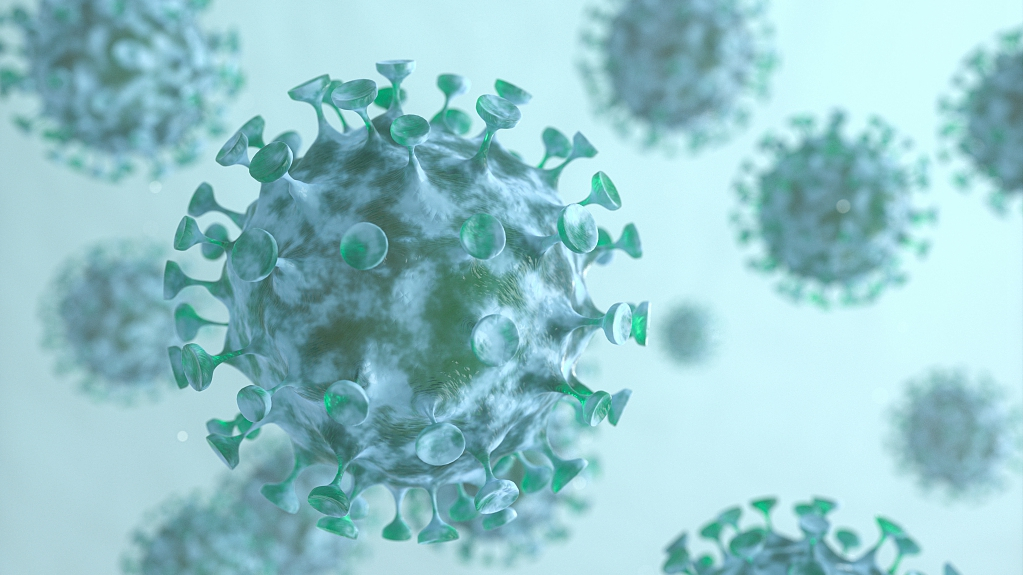
The result of research so far suggests that respiratory droplets and close contact are still the main routes of transmission for the novel coronavirus, Wu Yuanbin from the Chinese Ministry of Science and Technology said at a press conference on Friday.
Experiments investigating aerosol transmission are being conducted in some Chinese institutes.
Aerosol transmission refers to when droplets from respiration lose their water in the air and the leftover proteins and pathogens float far away, causing long-distance transmission, according to China's National Health Commission.
"The virus could only be passed on to people through aerosol transmission under the extreme conditions of sealed space, a long time period, and a high concentration of virus," said Wu, adding that the possibility of the general public being infected by this method was next to nothing.
Some patients tested positive for COVID-19 after being discharged from hospitals, which has raised concerns on whether these patients are contagious.
"We have been strengthening the monitoring of these patients," said Guo Yanhong, deputy head of the Medical Administration Bureau at National Health Commission.
Guo told the press that some of those patients had shown negative in retests and there was no evidence of human-to-human transmission from these patients.
Big data and AI help in COVID-19 battle
Technologies including artificial intelligence (AI) and big data are being used in the prevention and control, treatment, and virus tracing of COVID-19.
A system based on big data platforms allows people to check if they are close contacts of COVID-19 patients by entering their ID numbers and names, Wu Manqing, academician of the Chinese Academy of Engineering, shared during the press conference.
"I watched a livestream of CCTV about the smart unmanned delivery system used in Wuhan… to lower the risk of infection," he said, expressing gratitude to internet enterprises that have offered their computing power for the development of vaccines and drugs for free.
The academician also said that big data technology has been a great help for tracing the source of the virus.
"We will continue to use technologies including big data and AI to support the prevention and control of the outbreak, and the resumption of work," Wu told the press. "In the long term, these technologies will be used to establish the public health emergency system of China."
(Top image: An illustration of the novel coronavirus. /VCG)